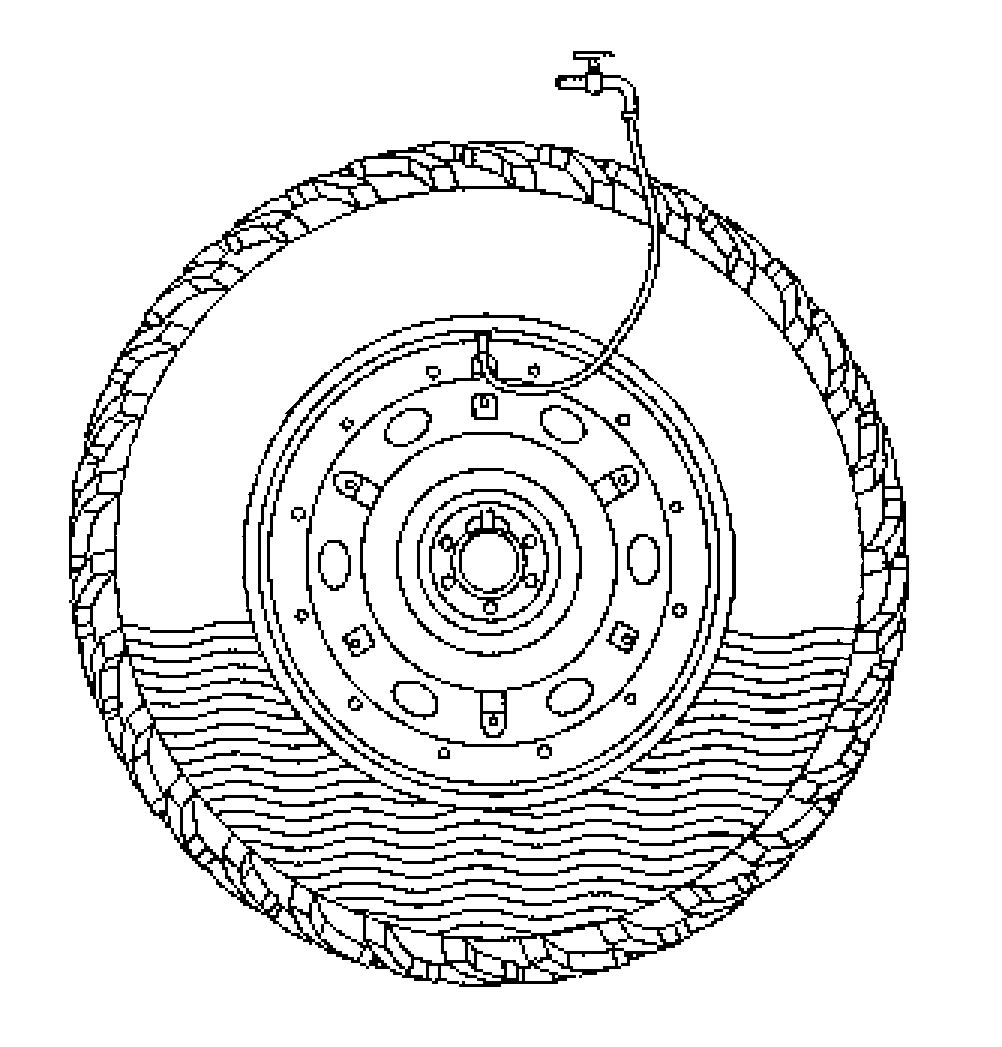Using Liquid Ballast
Water or calcium chloride solution can be used to provide economical ballast. Tires, tubes, or rims will not be damaged if used correctly. However, liquid ballast is not recommended because when used can result in harsh ride, difficulty in handling, greater susceptibility to power hop, and spills if flats occur. A calcium chloride mixture of 420 g per liter (3.5 lb per gal) of water will not freeze solid above -45°C (-50°F). NOTE: Use of alcohol as liquid ballast is not recommended. Absolutely no liquid ballast should be used in front tires. If liquid ballast is used in the rear tires, fill tube-type or tubeless tires up to valve level (40 percent full). Radial-ply and bias-ply tires hold the same amount of liquid. When putting liquid in rear tires, make sure all tires have the same amount of liquid fill.
NOTE: Filling tires to 75 percent full to obtain desired ballast may be necessary in extreme cases. Do this as a last alternative. |
|
|||||||||||||||||||||||||||||||||||||
AG,RF30435,2142 -19-19NOV99-1/1 |
 CAUTION:
Avoid possible injury. Installing liquid ballast requires special equipment and training. See your John Deere Dealer or a tire service store.
CAUTION:
Avoid possible injury. Installing liquid ballast requires special equipment and training. See your John Deere Dealer or a tire service store.
